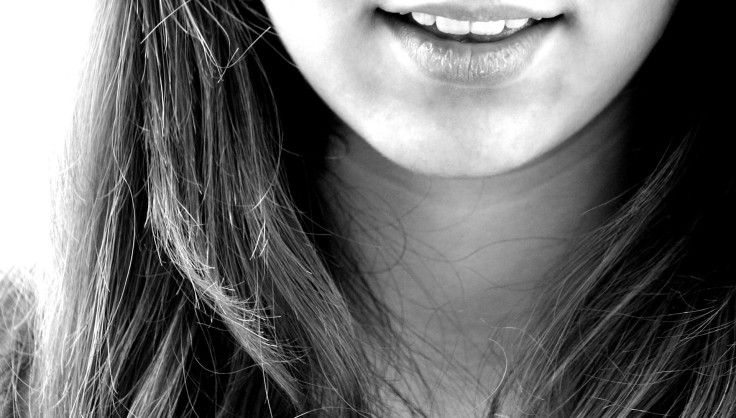Modern Diets Are The Reason Your Teeth Are Crooked

Perfectly straight teeth have become deeply coveted in our society. According to one report, the cosmetic dental industry made roughly $15.8 billion in 2015. Colgate estimates that the cost of braces can range from $3,000 to $7,000.
Read: Looking Healthy Is More Important Than Being Healthy When It Comes To Attraction
While straightening your teeth is an easy, though costly fix, what exactly makes them crooked to begin with? This new SciShow video aims to answer this question.
The host explains that the modern human jaw simply doesn’t have enough room to fit all of our teeth. Many attribute this to the rise of agriculture. As the video points out, growing our own vegetables and raising animals for food drastically changed how we ate, like the need for more cutting and chewing.
Pre-agriculture jawbones show more wear and tear, but very little crowding. Post-farming, our jaws became wider and shorter, resulting in more crooked teeth. Our jaws essentially shrank but the number of chompers remained the same.
According to WebMD, overcrowding can also occur when someone’s upper and lower jaws are different sizes. This causes the bottom row of teeth to extend past the top.
McKenna Orthodontics in Morristown, Tennessee, offers a variety of reasons that account for the varying degrees of straight teeth. Genetics is one of the most significant factors in determining your smile. Losing your baby teeth earlier than normal and using a pacifier past the age of three can also contribute to a less-than-perfect set. Facial trauma or jaw injury can also shift teeth out of place.
Read:How To Tighten Loose Skin: Look Younger With 3 Non-Surgical Treatments
Those who do seek out braces can expect to wear them for roughly two years (the average), writes Colgate, however treatment options can range from one to three years. While braces may seem like a symbol of adolescence, one in five orthodontic patients are adults, proving that it’s not just for teens.
See Also:
6 Easy Ways To Keep Your Smile Healthy And Beautiful
8 Ways That Stress Shows On Your Face: The Aging Effects Of Anxiety
Published by Medicaldaily.com



























